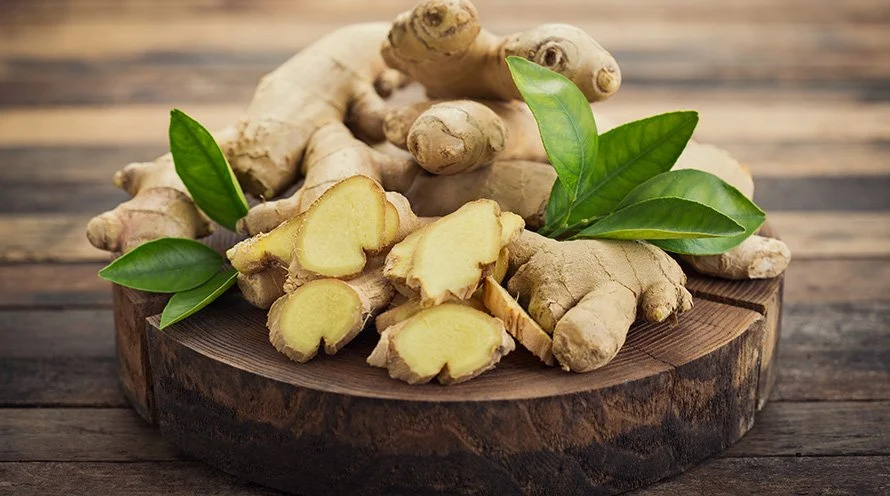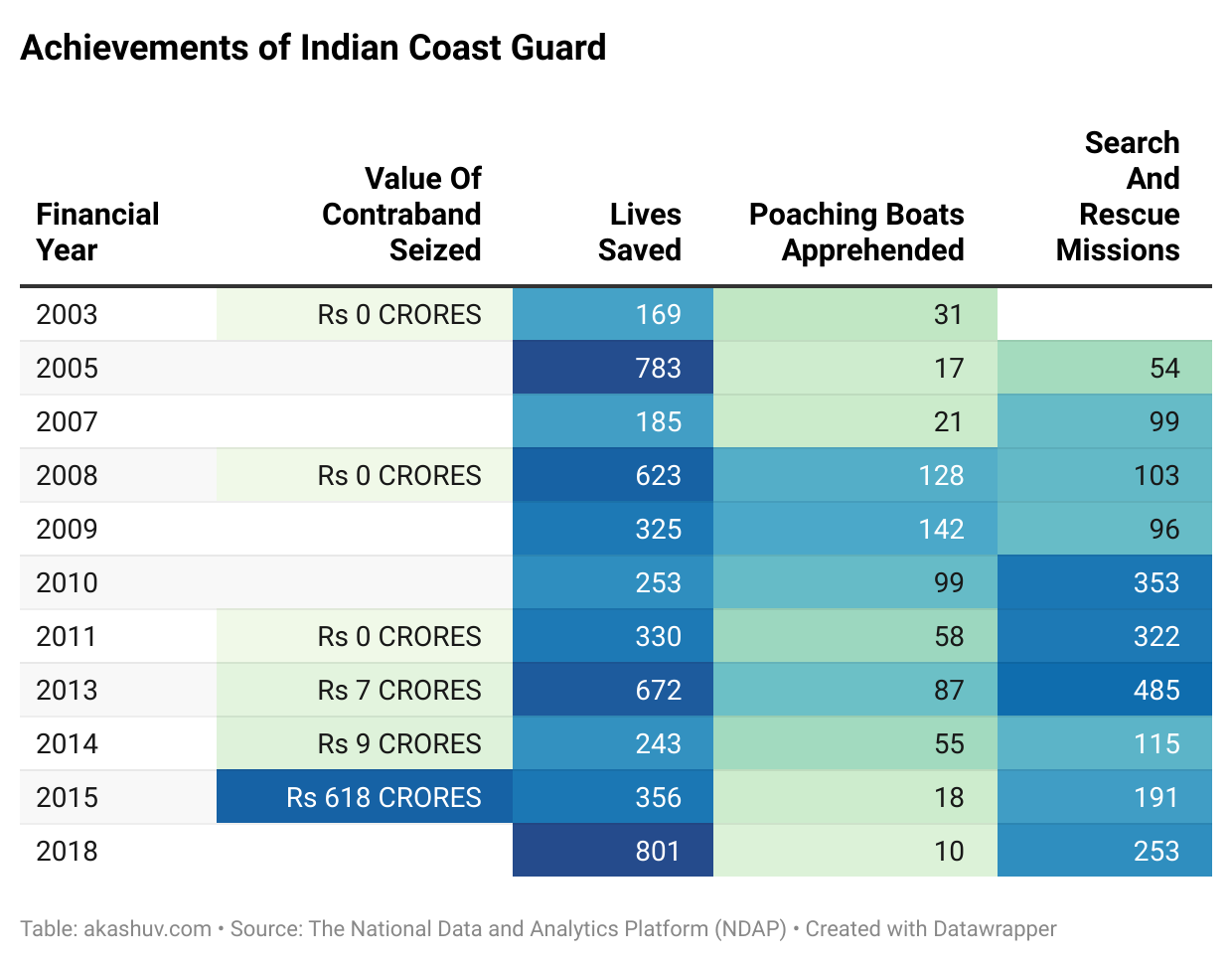Ginger Tea: A Natural Remedy for Period Bloating – An Indian Youth’s Guide
Menstrual cycles can be challenging, with cramps, mood swings, and the infamous bloating making it hard to function at your best.
If you’re an Indian youth juggling studies, work, and social commitments, the added discomfort of period bloating can feel like an unwelcome guest. But what if the solution lies in your kitchen?
According to age-old wisdom—something our mothers have always known—ginger tea is a simple, effective remedy for easing period bloating.
This blog delves into why ginger tea is a go-to solution for menstrual bloating and how it aligns with the lifestyle of Indian youth. Let’s explore how this golden elixir can make your period days a little easier.
Understanding Period Bloating
Period bloating occurs due to hormonal fluctuations, particularly increased levels of estrogen and progesterone. These hormones cause water retention, which leads to a feeling of puffiness or tightness, especially around the abdomen.
While bloating is a normal part of the menstrual cycle, it can be uncomfortable and frustrating.
Why Do Indian Youth Face More Challenges?
As a young Indian, you may already have a hectic lifestyle, balancing academics, work, or other responsibilities. Add to this the cultural expectations and dietary habits that sometimes lean heavily on processed foods, salt, or caffeine—all of which can exacerbate bloating.
Furthermore, in many Indian households, discussing menstruation with male family members is still considered taboo. Some deeply ingrained cultural practices also restrict women during their menstrual cycle, such as not allowing them to enter the kitchen or sleep in a proper bed.
These emotionally distressing practices can, in turn, cause stress, leading to the release of cortisol, a stress hormone that worsens physical discomfort, including bloating.
This is where natural remedies like ginger tea can make a significant difference.
Why Ginger Tea Works Wonders for Period Bloating
1. Anti-inflammatory Properties
Ginger contains powerful anti-inflammatory compounds called gingerols and shogaols. These help reduce the inflammation in the gut, relieving bloating and soothing abdominal discomfort.
2. Promotes Digestive Health
Bloating often stems from digestive issues like slow metabolism or gas buildup. Ginger tea stimulates the digestive enzymes, aiding in faster digestion and reducing gas.
3. Diuretic Effect
Ginger tea has mild diuretic properties that help flush out excess water from the body, reducing water retention and puffiness.
4. Hormonal Balance
Ginger may also play a role in regulating hormones, helping reduce the severity of period symptoms, including bloating, cramps, and mood swings.
5. Warmth and Comfort
A hot cup of ginger tea provides warmth and relaxation, which can ease period discomfort and elevate your mood during challenging days.
Ginger Tea for Period Bloating: Step-by-Step Approach with External Resources
Here’s how you can implement ginger tea as a remedy for period bloating, broken down into actionable steps. Additionally, external links provide deeper insights and credibility.
Step 1: Understand the Science Behind Ginger and Menstrual Health
Before diving into remedies, it’s helpful to understand why ginger is effective for bloating and menstrual discomfort. Research confirms its anti-inflammatory, digestive, and hormone-regulating properties.
External Resources:
Step 2: Gather Ingredients
Head to your kitchen or a local grocery store to gather the following ingredients:
- Fresh ginger root
- Water
- Optional: honey, lemon, or additional spices like cardamom
External Resources:
- BBC Good Food: Why Fresh Ginger Is Better Than Powder
- Times of India: Ginger Benefits in Indian Cooking
Step 3: Prepare Ginger Tea
Follow this quick recipe:
- Boil 2 cups of water in a pan.
- Grate or thinly slice 1-2 inches of fresh ginger.
- Add the ginger to the boiling water and let it simmer for 5-7 minutes.
- Strain the tea into a cup.
- Add a teaspoon of honey or a squeeze of lemon for extra flavor.
External Resources:
Step 4: Drink Responsibly
Consume ginger tea once or twice a day during your menstrual cycle. Avoid drinking excessive amounts, as it can lead to acidity or heartburn in some individuals.
External Resources:
Step 5: Pair Ginger Tea with Lifestyle Adjustments
For maximum relief, complement ginger tea with:
- Hydration: Drink at least 2-3 liters of water daily.
- Diet: Include fiber-rich foods and avoid salty snacks.
- Light Exercise: Try yoga or gentle stretching exercises.
External Resources:
Step 6: Monitor the Results
Keep track of how ginger tea affects your period symptoms over a few cycles. If the bloating significantly reduces, incorporate it into your routine. However, if symptoms persist, consult a healthcare provider.
External Resources:
- WebMD: When to See a Doctor for Menstrual Symptoms
- National Library of Medicine: Gut Health and Hormonal Cycles

Quick Overview of the Steps to Use Ginger Tea for Period Bloating
- Understand the Science Behind Ginger
Ginger’s anti-inflammatory and digestive properties make it effective for easing period bloating. Its ability to regulate hormones also helps reduce discomfort during your menstrual cycle. - Gather the Ingredients
You’ll need fresh ginger root, water, and optional ingredients like honey, lemon, or cardamom for added flavor. - Prepare Ginger Tea
Boil 2 cups of water, add grated or sliced ginger, and let it simmer for 5-7 minutes. Strain into a cup and add honey or lemon if desired. - Drink Responsibly
Drink ginger tea once or twice a day during your period, but avoid overconsumption to prevent acidity or heartburn. - Pair with Lifestyle Adjustments
Stay hydrated, eat fiber-rich foods, and engage in light exercise like yoga to enhance the effectiveness of ginger tea in reducing bloating. - Monitor the Results
Track how your symptoms change over a few cycles. If bloating decreases, continue using ginger tea. If symptoms persist, consult a healthcare provider.
By following these simple steps, you can naturally manage period bloating and stay connected to time-tested, culturally rooted remedies.
When and How Often Should You Drink Ginger Tea?
For best results, drink ginger tea:
- 1-2 times a day during your menstrual cycle, especially when bloating is at its peak.
- First thing in the morning on an empty stomach or in the evening for a calming effect.
Avoid overconsumption, as too much ginger can sometimes cause heartburn or acidity.
The Cultural Connection: Wisdom Passed Down
In Indian households, natural remedies like ginger tea have been trusted for generations. Whether it’s curing a sore throat or soothing an upset stomach, ginger holds a revered place in Ayurvedic medicine. Our mothers and grandmothers often know the value of these age-old practices, even when modern science is just catching up.
As Indian youth, incorporating these traditional remedies into your lifestyle allows you to stay connected to your roots while addressing modern-day health challenges.
Why Ginger Tea Fits the Lifestyle of Indian Youth
- Quick and Easy to Prepare: With minimal ingredients and effort, ginger tea can be made in minutes, making it perfect for busy students or young professionals.
- Affordable and Accessible: Ginger is readily available in most Indian kitchens, making this remedy cost-effective and convenient.
- Customizable Flavor: You can experiment with add-ons like cardamom, cinnamon, or tulsi to suit your taste preferences.
- Holistic Wellness: Beyond bloating, ginger tea helps with cramps, nausea, and even stress—common challenges faced by Indian youth.
Additional Tips to Combat Period Bloating
While ginger tea is an excellent remedy, combining it with a healthy lifestyle can enhance its effects:
- Stay Hydrated: Drink plenty of water to prevent water retention.
- Reduce Salt Intake: Avoid salty snacks, which can worsen bloating.
- Eat Fiber-Rich Foods: Include fruits, vegetables, and whole grains in your diet to promote digestion.
- Exercise Gently: Yoga and light stretches can help alleviate bloating and cramps.
- Limit Caffeine: Replace coffee with herbal teas like ginger, chamomile, or peppermint during your period.
Conclusion: A Cup of Comfort
Ginger tea is more than just a beverage—it’s a cup of comfort, offering relief from period bloating and other menstrual woes. As an Indian youth navigating the complexities of modern life, embracing this traditional remedy can be a game-changer for your overall well-being.
The next time your period brings along bloating, listen to your mom’s advice and brew yourself a warm, soothing cup of ginger tea. It’s a small act of self-care that can make a big difference.
So, why wait? Give ginger tea a try and experience its magical benefits for yourself!
Disclaimer:
The information provided in this blog is intended for general informational purposes only. While ginger tea has been traditionally used in Ayurvedic medicine and has some proven health benefits, it should not be considered a substitute for professional medical advice, diagnosis, or treatment. Always consult with a healthcare provider before making any significant changes to your diet, especially if you have underlying health conditions or are taking medications.
Individual results may vary, and excessive consumption of ginger can lead to side effects such as heartburn or gastrointestinal discomfort. Please consume ginger tea in moderation.
The external resources linked in this article are for reference purposes and do not necessarily reflect the views or recommendations of the author.
-

A Comprehensive Guide to Finding Job Opportunities Abroad for Indian Students
Learn how to explore career opportunities abroad with practical tips on networking, resume building, and acing interviews.
Networking Strategies
Networking is an indispensable tool in the job search process, especially when aiming for opportunities abroad. A strong professional network helps you access valuable resources, industry insights, and potential job openings. Here’s how to build an effective network:
- Leverage Alumni Networks: Many universities have alumni networks, and these are often underutilized. Reach out to alumni from your institution who are working abroad or have worked in the countries you’re targeting. These connections can offer advice, referrals, and even direct job leads. Many universities also host alumni events or have platforms where alumni post job opportunities. Use these events as an opportunity to make connections and seek guidance from people who understand the challenges of working abroad.
- Online Professional Platforms: LinkedIn is a powerful tool for professional networking. Ensure your profile is complete, up to date, and tailored to the global job market. Include your educational background, internships, skills, and any relevant experience, especially if you’ve had exposure to international practices. Engage with professionals in your field by following relevant companies, joining groups, and participating in discussions.
- Attend Job Fairs and Webinars: Many international organizations and embassies hold job fairs, webinars, and seminars where you can meet recruiters, learn about hiring trends, and discover job openings. These events are a great opportunity to get firsthand information about work opportunities in various countries. Look for virtual and in-person events hosted by organizations such as the Indian Embassy, educational institutions, and multinational companies. Websites like Naukri and LinkedIn Jobs also feature global job fairs.
- Use Social Media Effectively: In addition to LinkedIn, other social media platforms like Twitter, Facebook, and Instagram can be useful for networking. Follow the pages of international companies you’re interested in working for, and engage with their posts. Social media channels also often share job openings that are not posted on traditional job boards.
- Seek Mentorship: Mentorship can be invaluable when pursuing opportunities abroad. Seek mentors who have experience in your field and have worked internationally. Mentors can guide you through the job search process, help you refine your strategies, and share industry-specific knowledge. They may also introduce you to key contacts that could enhance your job prospects.
Resume Building Tips
Your resume is the first impression you make on potential employers, so it’s crucial to ensure it meets international standards. Here are some essential resume building tips:
- Use a Clean, Professional Format: Most employers abroad prefer a straightforward, clean resume format. Use clear headings, bullet points, and avoid overuse of graphics or complex design elements. Focus on making your resume easy to read and navigate. You can use templates available on websites like Canva or Resumake for professional-looking resumes.
- Highlight Relevant Skills and Experience: Tailor your resume to the job you’re applying for. Emphasize skills, experience, and achievements that align with the role. Include your educational background, internships, volunteer work, and any relevant skills. If you’ve worked with international teams, highlight that experience to demonstrate your global outlook.
- Quantify Your Achievements: Whenever possible, quantify your accomplishments with numbers or statistics. For example, if you managed a team, mention how many people you supervised. If you were involved in a project, state the impact it had—whether it increased sales, improved efficiency, or led to cost savings. Numbers give your resume credibility and make it stand out.
- Follow Country-Specific Resume Guidelines: Different countries may have unique expectations for resumes. For example, in the USA and Canada, resumes are typically one page long, while in the UK, a two-page CV might be acceptable. Always research the resume format that is preferred in the country where you’re applying. You can find this information on websites like Careerjet or Prospects.ac.uk.
- Include International Certifications: If you’ve completed any certifications or courses that are recognized internationally, make sure to include them. Websites like Coursera, edX, and LinkedIn Learning offer numerous globally recognized certifications in various fields. These certifications can add significant value to your resume.
- Keep it Concise: Employers abroad often have limited time to review resumes. Keep your resume to a maximum of two pages, unless your experience is extensive enough to warrant more. Be concise and avoid irrelevant information. For instance, you do not need to list personal details like your age or marital status, which might be standard in some countries but unnecessary in others.
Interview Preparation
Once your resume has caught the attention of potential employers, you’ll need to prepare for interviews. Interviewing for jobs abroad requires a slightly different approach, as you need to navigate cultural nuances while presenting your skills and experience effectively. Here are a few tips to help you prepare:
- Research the Company and Industry: Familiarize yourself with the company’s values, products, services, and industry trends. Demonstrating knowledge about the company’s history and goals shows that you are genuinely interested in working there. Look at their official website, LinkedIn profile, and recent news articles to stay informed.
- Understand the Cultural Differences: Each country has its own unique culture and communication style. In some countries, a formal interview style is preferred, while others might lean toward a more relaxed and conversational approach. Research the interview norms in the country you’re applying to. For example, in the USA, employers expect candidates to be direct and assertive, while in Japan, showing humility is key.
- Prepare for Common Interview Questions: Certain questions are commonly asked in interviews worldwide, such as:
- Tell me about yourself.
- Why do you want to work here?
- What are your strengths and weaknesses?
- Where do you see yourself in five years?
- Can you explain any gaps in your employment history?
- Prepare for Behavioral Interviews: Many companies use behavioral interviews to assess how you’ve handled situations in the past and how you will handle similar scenarios in the future. Prepare for these by using the STAR method (Situation, Task, Action, Result) to structure your answers. For example, if you’re asked about a time when you resolved a conflict, you could structure your response as follows:
- Situation: Describe the context or challenge you faced.
- Task: Explain what needed to be done.
- Action: Detail the steps you took to resolve the issue.
- Result: Share the positive outcome of your actions.
- Ask the Right Questions: At the end of the interview, you’ll typically be asked if you have any questions. Take this opportunity to ask insightful questions about the company, team, or role. This shows that you are proactive and genuinely interested in the position. Some examples of questions you could ask include:
- What does a typical day look like in this role?
- What are the challenges the team is currently facing?
- How does the company support professional development and growth?
- What is the next step in the interview process?
Conclusion
Finding job opportunities abroad as an Indian student is an exciting and challenging journey. By utilizing effective networking strategies, building a strong resume tailored to international standards, and preparing thoroughly for interviews, you can increase your chances of landing your dream job abroad. With determination and the right strategies, you’ll be able to take advantage of the global job market and kick-start your international career.
-

Top 10 Career Opportunities for International Students in the USA
Discover the top 10 career opportunities for international students in the USA, including job market trends and required skills.
Job Market Trends
The job market in the USA is dynamic, with high demand for skilled professionals in various sectors. According to the National Association of Colleges and Employers (NACE), industries such as technology, healthcare, and finance are thriving. The rise of remote work has also opened opportunities for international students.
- Technology: Software development, data science, and cybersecurity are booming fields. Companies like Google and Microsoft frequently hire international talent.
- Healthcare: Opportunities abound for roles like registered nurses, healthcare administrators, and technicians.
- Finance: Investment banking, accounting, and financial analysis are highly sought-after professions.
- Engineering: Mechanical, civil, and electrical engineering remain evergreen career choices.
- Education: International students with a passion for teaching can explore academia or K-12 education.
- Marketing and Advertising: Digital marketing specialists and brand strategists are in demand.
- Business Analytics: Business analysts play a critical role in helping organizations make data-driven decisions.
- Renewable Energy: Green energy jobs, including solar panel design and energy efficiency consulting, are on the rise.
- Biotechnology: Biotech firms need talent in research and development.
- Entrepreneurship: The USA provides numerous resources for aspiring entrepreneurs, including incubators and accelerators.
Required Skills
To succeed in these careers, international students should focus on developing both hard and soft skills. Critical skills include:
- Technical expertise relevant to the field (e.g., programming, financial modeling).
- Strong communication and interpersonal abilities.
- Adaptability and a willingness to learn.
- Networking and professional relationship-building.
Additional Resources
Explore these resources to learn more:
- US News & World Report – Career and education insights.
- NACE – Employment trends and resources.
- O*NET Online – Detailed job descriptions and growth outlooks.











Leave a Reply